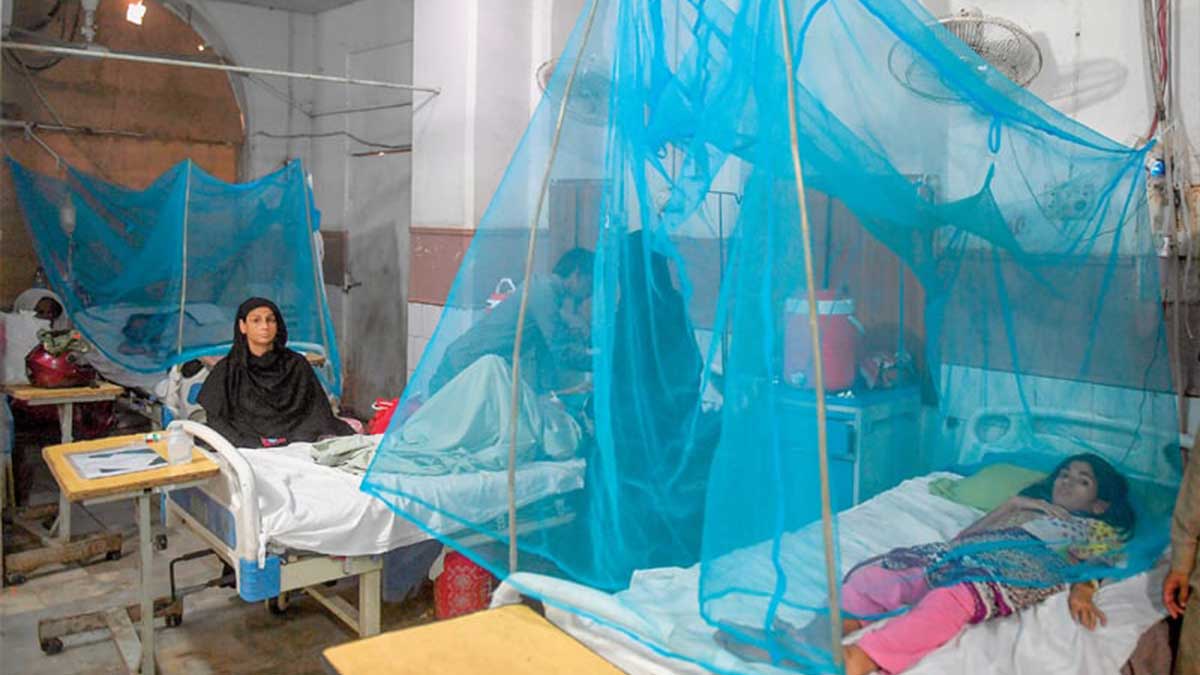Malaria is one of the six priority communicable diseases, affects around 300,000 Pakistanis annually and kill about 50,000 of them.
According to the World Health Organization, Malaria is one of the most contagious diseases that kills more than 50,000 people annually in Pakistan. Hence, innovative modes of treatment are vital to manage its spread, said National University of Medical Sciences (NUMS) Department of Biological Sciences Assistant Professor Dr Shumaila Naz on Sunday.
The world commemorates World Malaria Day on 25th April in order to create awareness, and the WHO theme for 2021 was ‘Zero Malaria – Draw the Line against Malaria’ which is still a life-threatening disease the world over.
Read more: Genetic engineering successful, helpful to curb malaria in Pakistan
Pakistan is among seven countries of the WHO Eastern Mediterranean Region with 1 million estimated cases each year, sharing 98 percent of the total regional malaria burden.
Moreover, of the deaths caused by malaria in Pakistanis, the overwhelming majority are in children aged 5 or younger, said Dr Shumaila who conducted research on the genetic diversity of the malaria parasite found in Pakistan. She also plans to carry her work forward to help strengthen efforts of its eradication.
An estimated 98 percent of the population (205 million) is at varying risk while around 60 percent (123 million) is at high risk for malaria, she added. Mosquitoes transmit the malaria-causing parasite, are the main source of its spread as around 60 percent of the country’s population lives in malaria-endemic regions, said Dr Shumaila.
Emphasizing the need for concerted efforts to eradicate malaria, NUMS Vice Chancellor Lt Gen (retd) Syed Muhammad Imran Majeed said, “The government, private sector, civil society organisations and development partners need to work together to expand the available effective malaria control interventions for the introduction of new interventions and technologies for improving quality in diagnosis, treatment and preventive measures.”





















